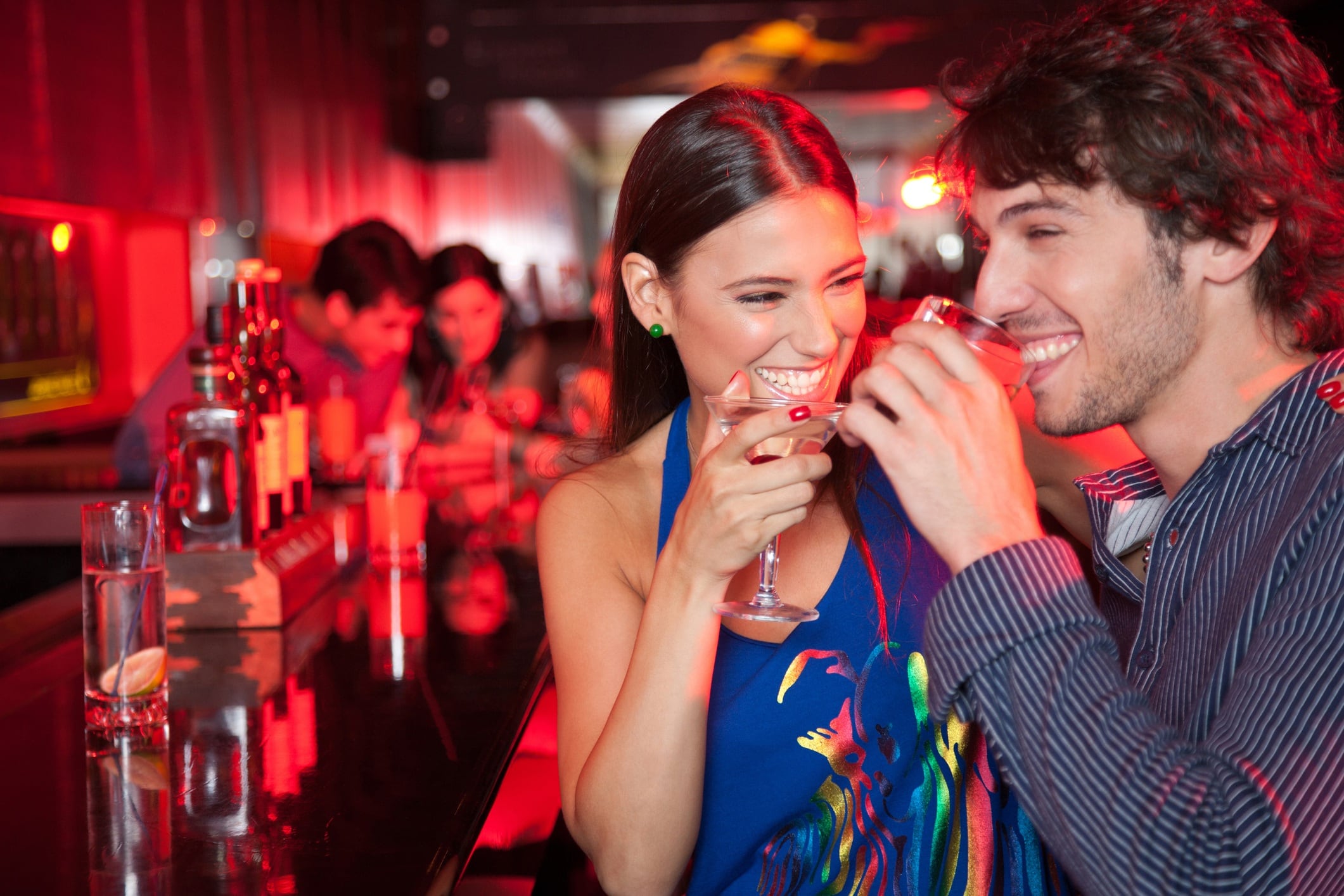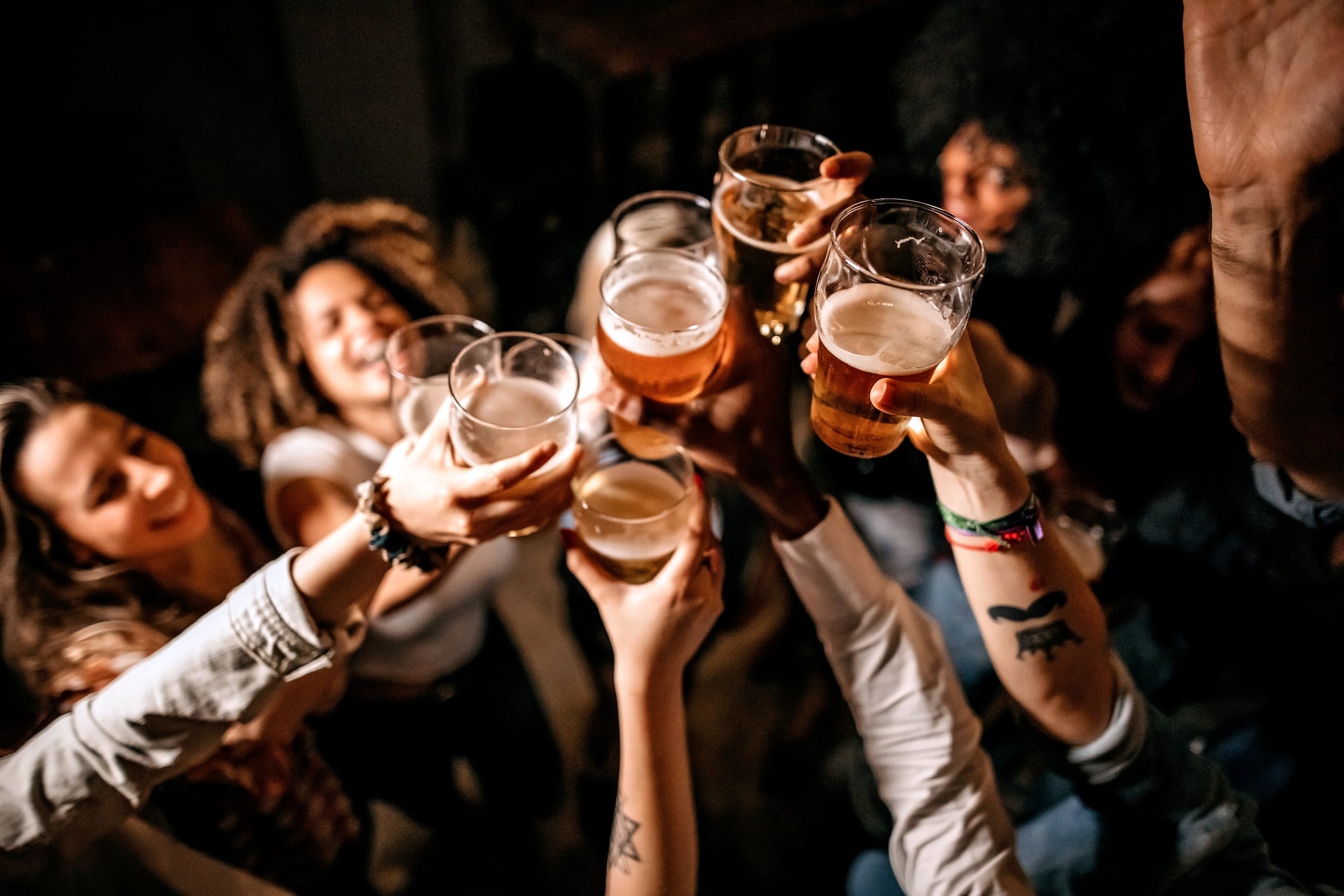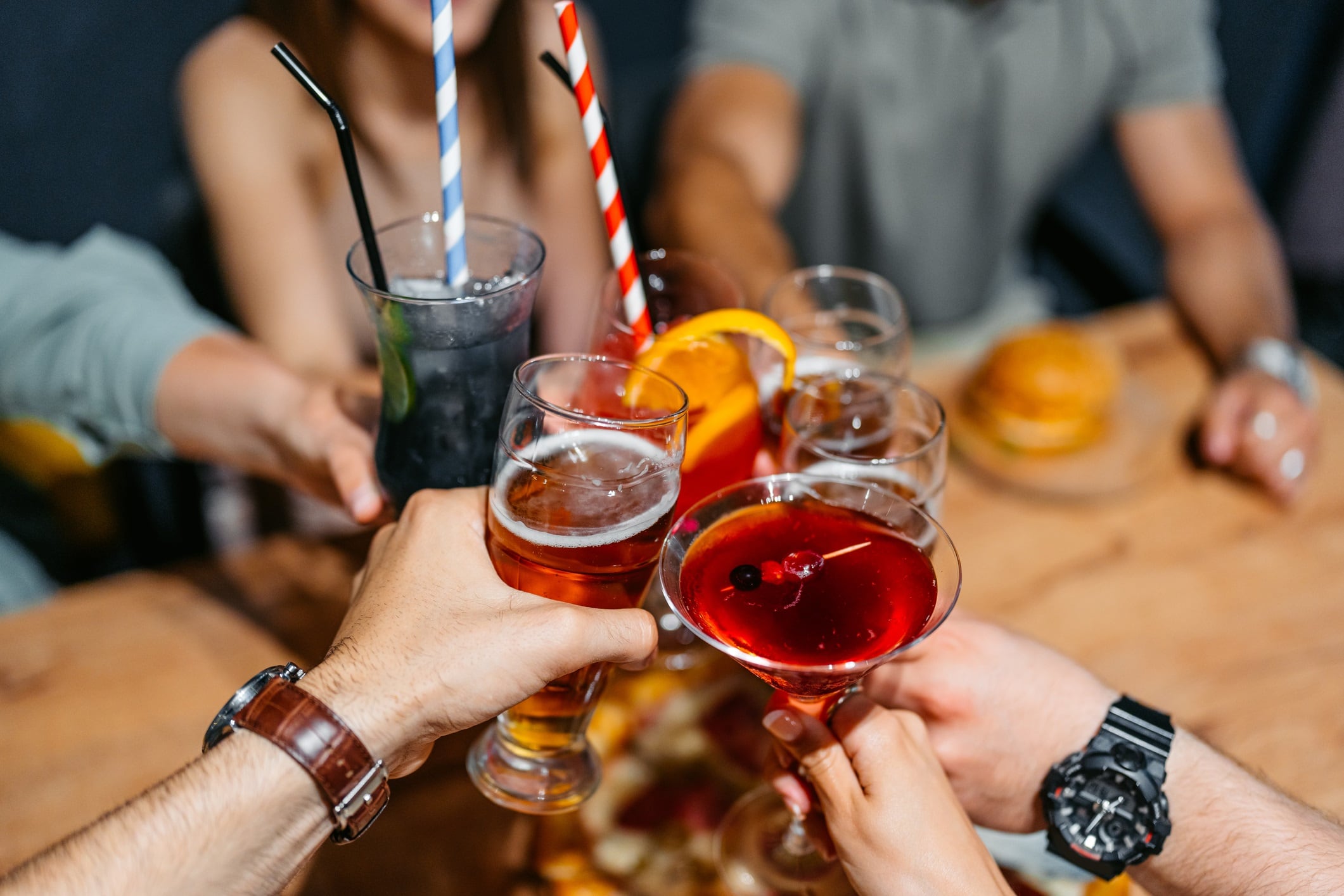What’s driving growth in the no- and low-alcohol sector? A summary
- Global non-alcoholic drinks market now valued at $1.4 trillion
- Low-alcohol market growing at 5.95% CAGR to reach $28.5 billion
- Gen Z and Millennials prefer alcohol-free options for social occasions
- Product innovation outpaces alcoholic launches across beer, wine, spirits
- Cultural shift sees alcohol-free bars and sober events gaining traction
The no- and low-alcohol sector is thriving.
And, if there was ever any doubt on this, then a trip to one of the many no- and low-alcohol industry events taking place across the globe, would eliminate it.
The industry has undergone a meteoric rise over the past twenty years.
The non-alcoholic beverage market alone is now worth a colossal $1.4tn (€1.2tn) and growing at a strong 7.34% CAGR (market analysts Precedence Research).
Meanwhile the low-alcoholic beverage market is worth a smaller, but nevertheless sizeable, $21.4bn. Moreover, its 5.95% CAGR is set to take it to $28.5bn by 2030 (Mordor Intelligence).
So, what no- and low-alcoholic beverages are consumers buying? And what do they want in the future? We take a look at the trends shaping the space.
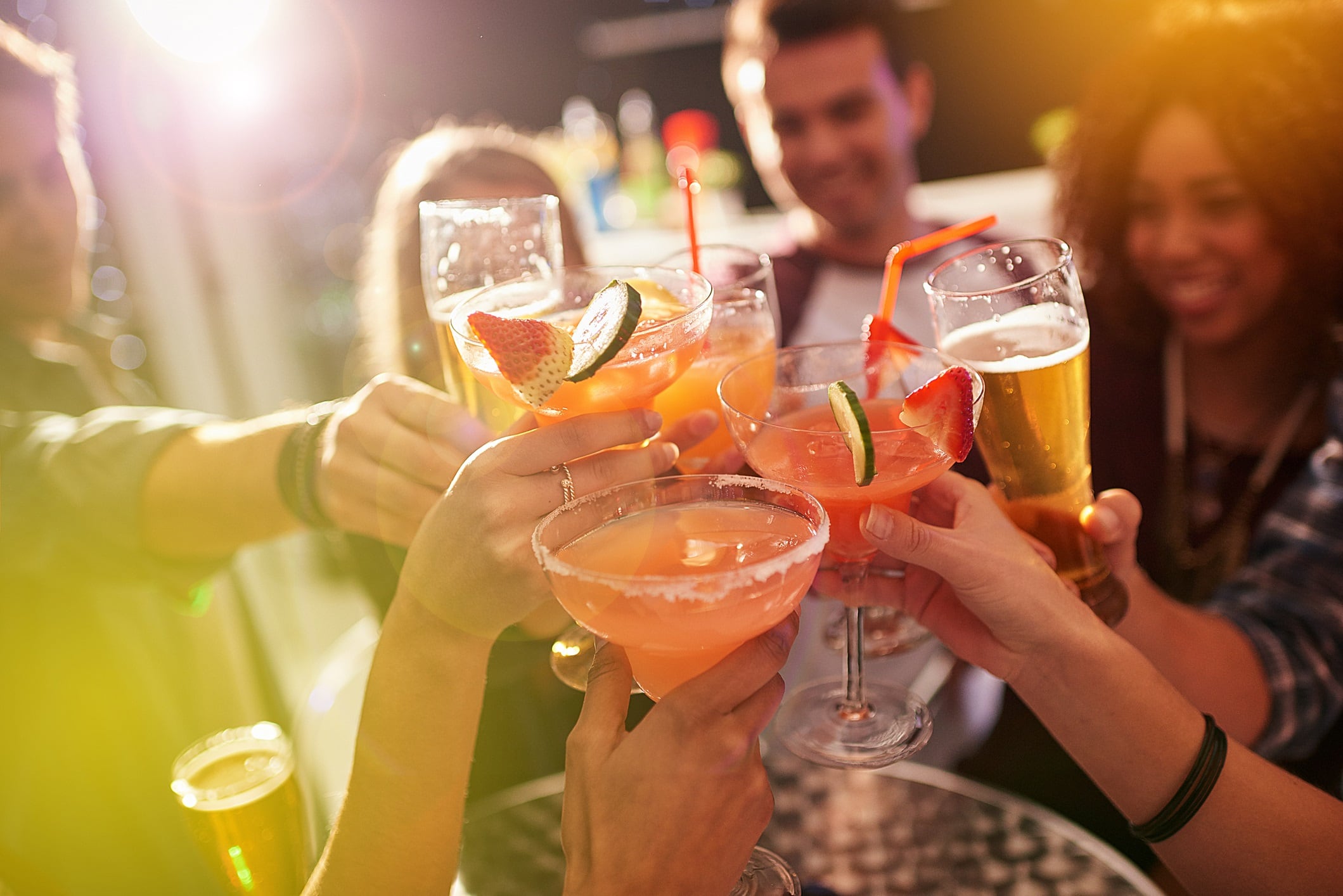
Trends shaping no- and low-alcohol
Health and wellness
Mindful drinking is now mainstream. Consumers are increasingly choosing no- and low-alcohol options to support overall wellbeing, and avoid the negative health outcomes associated with alcohol.
According to Keurig Dr Pepper’s State of Beverages 2025 Trend Report, Gen Z and Millennials are leading the shift away from alcohol, with over 60% preferring alcohol-free drinks in social settings.
The ‘sober-curious’ movement has evolved into a lifestyle, not just a temporary trend.
Added to this, drinkers are increasingly favouring juices, smoothies and shakes, fortified with functional ingredients, to gain a whole host of health benefits, such as better sleep, mental clarity, and improved physical fitness.
Innovation and product development
The speed of growth in no- and low- is leading to innovation across all categories.
In fact, non-alcoholic beverage launches in Europe are growing five times faster than alcoholic ones, meaning that no- and low-alcohol drinks make up 11% of total alcoholic beverage launches (industry analysts Innova Market Insights).
Non-alcoholic category launches in numbers:
- Non-alcoholic beer (57%)
- Flavoured alcoholic beverages (18%)
- Wine (15%)
- Spirits (10%)
Digging deeper, we find that flavoured no- and low-alcoholic beverages have seen the most growth in product launches over the last five years, mirroring growth of their alcoholic versions.
By contrast, wine and spirits in the no- and low- sector have seen greater growth than their alcoholic counterparts.
We’ve seen no- and low- start-ups, such as Three Spirit, CleanCo and Pentire, quickly achieve household-name status as the trend takes off.
Alcoholic brands, including Heineken, Stella Artois and Tanqueray have also entered the space, capitalising on the undeniable success of the sector.
Cultural shifts & social redefinition
Social norms around drinking are undergoing a huge transformation, with alcohol increasingly seen as optional rather than essential for connections and celebrations.
This cultural shift is giving rise to alcohol-free bars, sober events, and mindful drinking communities in cities around the world.
Driven by younger generations and amplified by social media, the movement reflects a broader desire to reshape how the world socialises and celebrates.
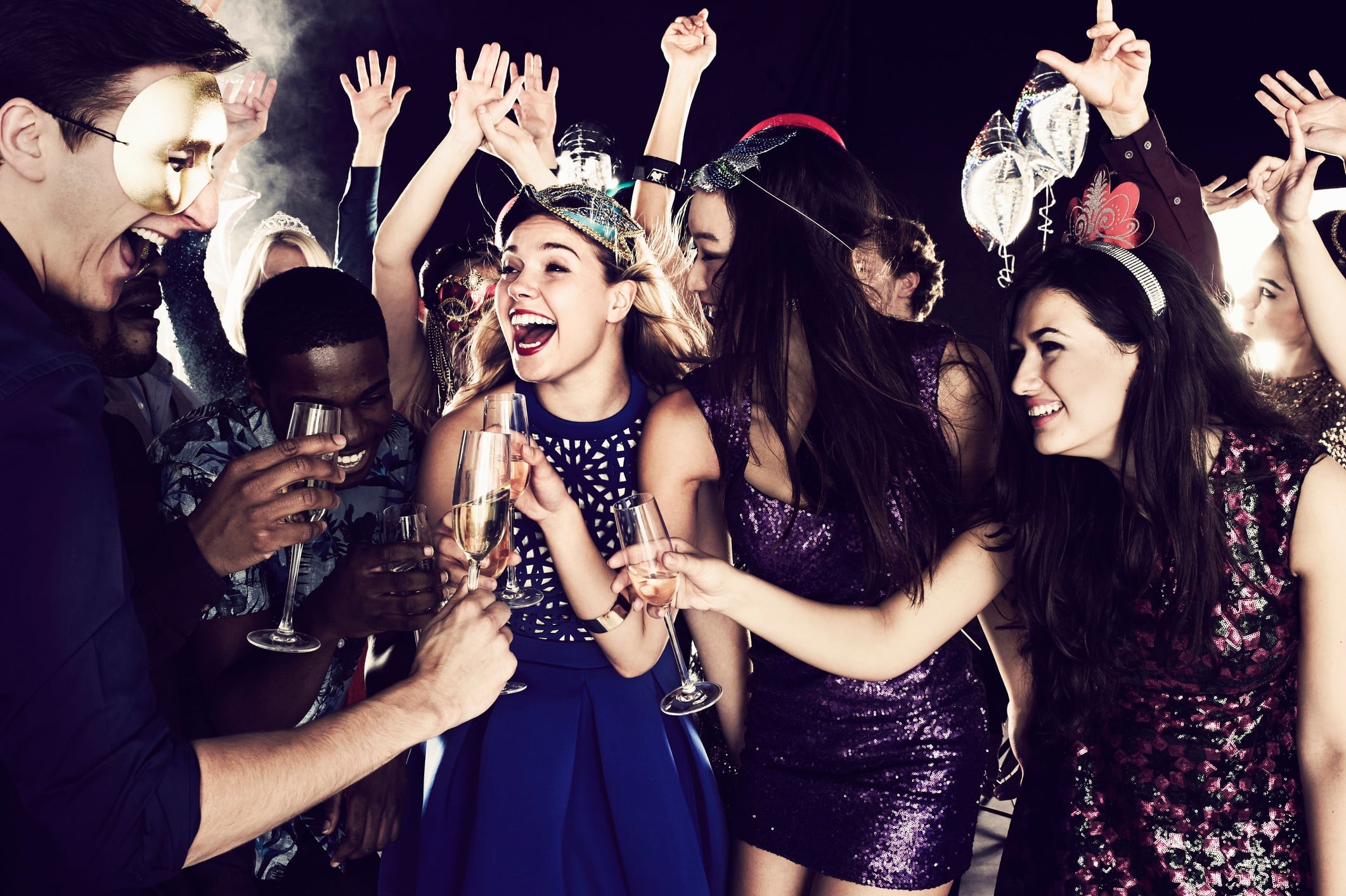
Future of the no- and low-alcohol industry
With consumer demand showing no signs of slowing, the no- and low-alcohol sector is entering a new era of opportunity.
Brands that invest in innovation, authenticity, and wellness-driven experiences are well-positioned to lead the next wave of growth.
There’s room to expand into untapped categories - from functional beverages that support sleep and focus, to premium offerings that rival traditional spirits in complexity and ritual.
The rise of alcohol-free venues and sober social spaces also opens doors for partnerships, experiential marketing, and community-building.
And as younger generations continue to redefine what it means to drink socially, the industry has a chance to shape a more inclusive, health-conscious future.
For producers, retailers, and hospitality leaders, the rise of the no- and low-alcoholic trend presents a major opportunity to shape the future of drinking. By embracing innovation, investing in wellness-driven products, and responding to evolving consumer preferences, industry players can position themselves at the forefront of a movement that’s redefining the way people socialise for good.


